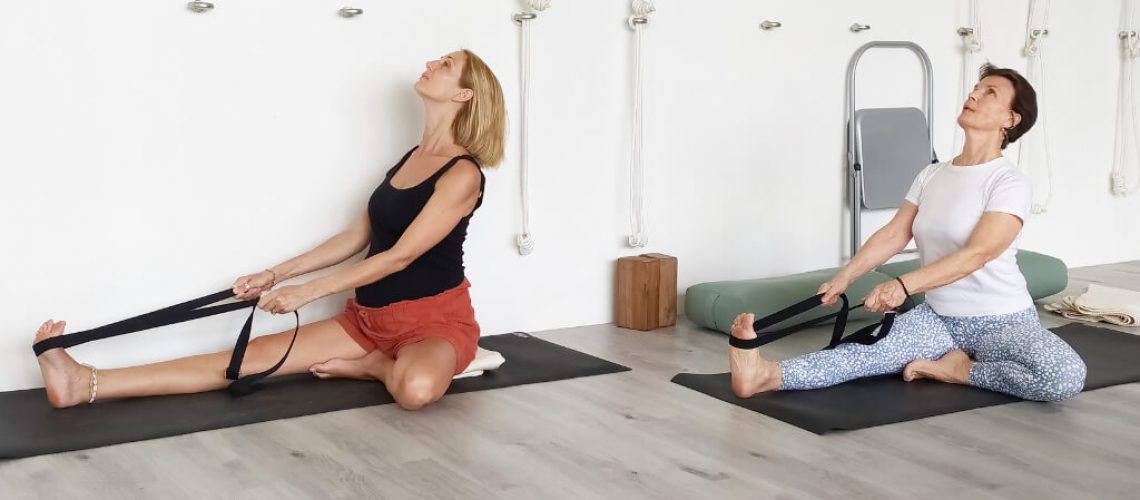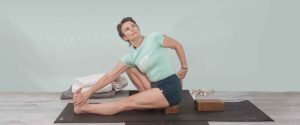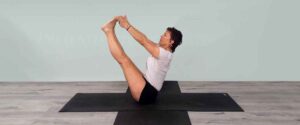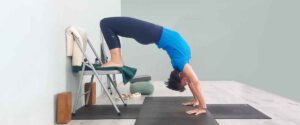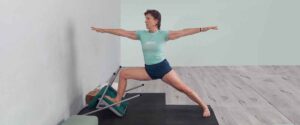Yoga practice is a boon for all women around the world during all stages of a woman’s life, including pregnancy, menopause, menstrual cycles, and adolescence.
Through the years I have found there are mistaken notions regarding activity around pregnancy and especially Yoga. One myth is that during pregnancy the woman needs to rest and should not move around too much. This is however simple untrue. In asana, the uterus is exercised to become strong and therefore function properly, resulting in a normal delivery.
A mother-to-be goes through many major transformations, both physically as well as mentally. More than ever, her body needs to move in smart ways and stay mobile. Many challenges come on as the body changes – back pain, indigestion, water retention, constipation, fatigue, dizziness, and more depending on your health and lifestyle.
The truth be told, Yoga practice is a boon for all women around the world during all stages of a woman’s life, including pregnancy, menopause, menstrual cycles, and adolescence.
In today’s class, please meet Emma, who is 28 weeks along and has had a healthy term including one successful delivery during her prior pregnancy.
A few days ago she had a bad night’s sleep and some indigestion – both usual challenges that are to be expected when pregnant. There are many asanas and sequences to deal with whatever issues arise, which create strength, circulate the blood and lymph and restore the mother in a healthy and balanced way. Each asana creates its own mental and biological effect and is a huge relief when one knows how to practice.
Important guidelines to remember as you practice:
- Avoid fast and rapid movement
- No jumping and always spread the legs in standing postures
- Don’t hurry but go slowly with understanding
- No jerking or jolting the body
- Do not hold the breath, keep it soft and smooth
- No restriction or interruption in respiration while in asana
- The diaphragm region should not be tensed, tightened, or compressed
- Avoid compression of the uterus
- Basically, the practitioner should always do the asana with comfort, while understanding her capacity and following the technique of observing the spinal extension, making space, freedom from compression, and proper breathing.
- Keep feet hip-width apart, and make use of props as required.
- There are certain asanas to be avoided immediately upon hearing you are pregnant.
- Avoid all backbends, closed twisting, deep forward bending, and all abdominal asanas.
In today’s class, Emma has used props such as a wall, blocks, straps, chair, blankets, and a bolster. Given you do not want to create strain, make sure to use props to keep the chemical state in the body relaxed while observing the physical body, stamina, emotions, and the balance of the breath.
Please make sure to consult a senior Iyengar teacher for your specific body condition especially if you have never practiced yoga prior to your pregnancy. The first term is an especially important time to allow the baby to take hold so please make sure you are over that first critical 12 weeks to ensure the baby is safe and ready for practice.
If you are prone to miscarriage in the past, please consult your doctor before practicing.
This sequence includes:
Sukhasana ( Easy Pose )
Parvatasana ( Arm Stretch Pose )
Virasana ( Hero Pose )
Gomukhasana ( Cow Pose )
Bharadvajasana ( Torso Twist Pose )
Dandasana ( Staff Pose )
Upavistha Konasana ( Wide Legged Seated Forward Bend )
Baddha Konasana ( Bound Angle Pose )
Janu Sirsasana ( Head to Knee Pose )
Padangusthasana II ( Hand to Big Toe Pose )
Tadasana ( Mountain Pose )
Utthita Trikonasana ( Triangle Pose )
Ardha Chandrasana ( Half Moon Pose )
Setu Bandha ( Bridge Pose )
Viparita Karani ( Legs Up Pose )
Supta Baddha Konasana ( Reclining Bound Angle Pose )
Savasana ( Corpse Pose )

